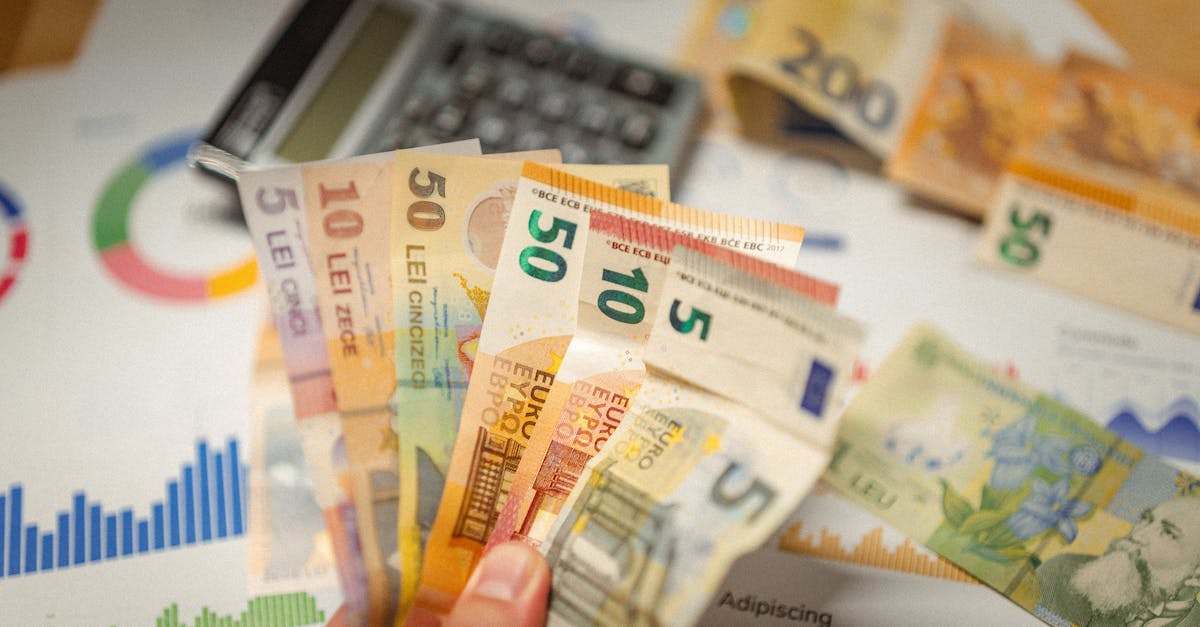
Introduction
Inflation is a key economic concept that affects everyone, often without them realizing it. Defined as the rate at which the general level of prices for goods and services rises, inflation can erode purchasing power over time. Understanding how it impacts savings and investments is crucial for maintaining financial stability.
The Erosion of Purchasing Power
One of the most direct effects of inflation is its impact on purchasing power. As prices increase, the amount of goods and services one can purchase with a fixed amount of money decreases. This means that if your savings do not grow at the same rate as inflation, their real value diminishes over time.
Savings Under Siege
Traditional savings accounts often offer interest rates that fail to keep pace with inflation. This means that the money you save today could be worth less tomorrow. Consequently, while your balance may grow nominally, its purchasing power might decline, making it crucial to seek higher-yield savings options.
Inflation's Grip on Fixed-Income Investments
Fixed-income investments like bonds are particularly susceptible to inflation. When inflation rises, the fixed interest payments from these investments lose value. This erodes returns, prompting investors to seek alternatives or inflation-protected securities to safeguard their portfolios.
Stocks as a Hedge
Stocks can offer a hedge against inflation since businesses can often pass increased costs onto consumers in the form of higher prices. However, not all stocks are created equal, and selecting well-performing sectors requires thorough research and understanding of inflation's impacts.
Real Estate Investment
Real estate is another avenue that can potentially protect against inflation. Property values tend to increase with inflation, and rental incomes can rise as well. Nonetheless, investors must consider market fluctuations and maintenance costs, balancing potential gains against the challenges.
The Role of Diversification
Diversification becomes even more crucial during inflationary times. By spreading investments across various asset classes, investors can mitigate risks associated with inflation. A well-diversified portfolio can absorb price hikes and reduce the volatility of returns.
Gold and Commodities
Investors often look to gold and commodities as safe havens during inflation. These assets traditionally maintain their value when currency valuation declines. However, they come with their own set of risks and may not always perform as expected.
Tackling Inflation with Index Funds
Index funds and ETFs offer an accessible way to invest in diversified financial instruments. As inflation impacts the entire economy, these funds can help counterbalance losses in purchasing power through exposure to different sectors and industries.
Conclusion
In conclusion, while inflation poses challenges to both savings and investments, understanding its dynamics can inform more strategic financial decisions. Protecting one's assets from inflation requires a balanced approach, considering various investment avenues and maintaining appropriate diversification.